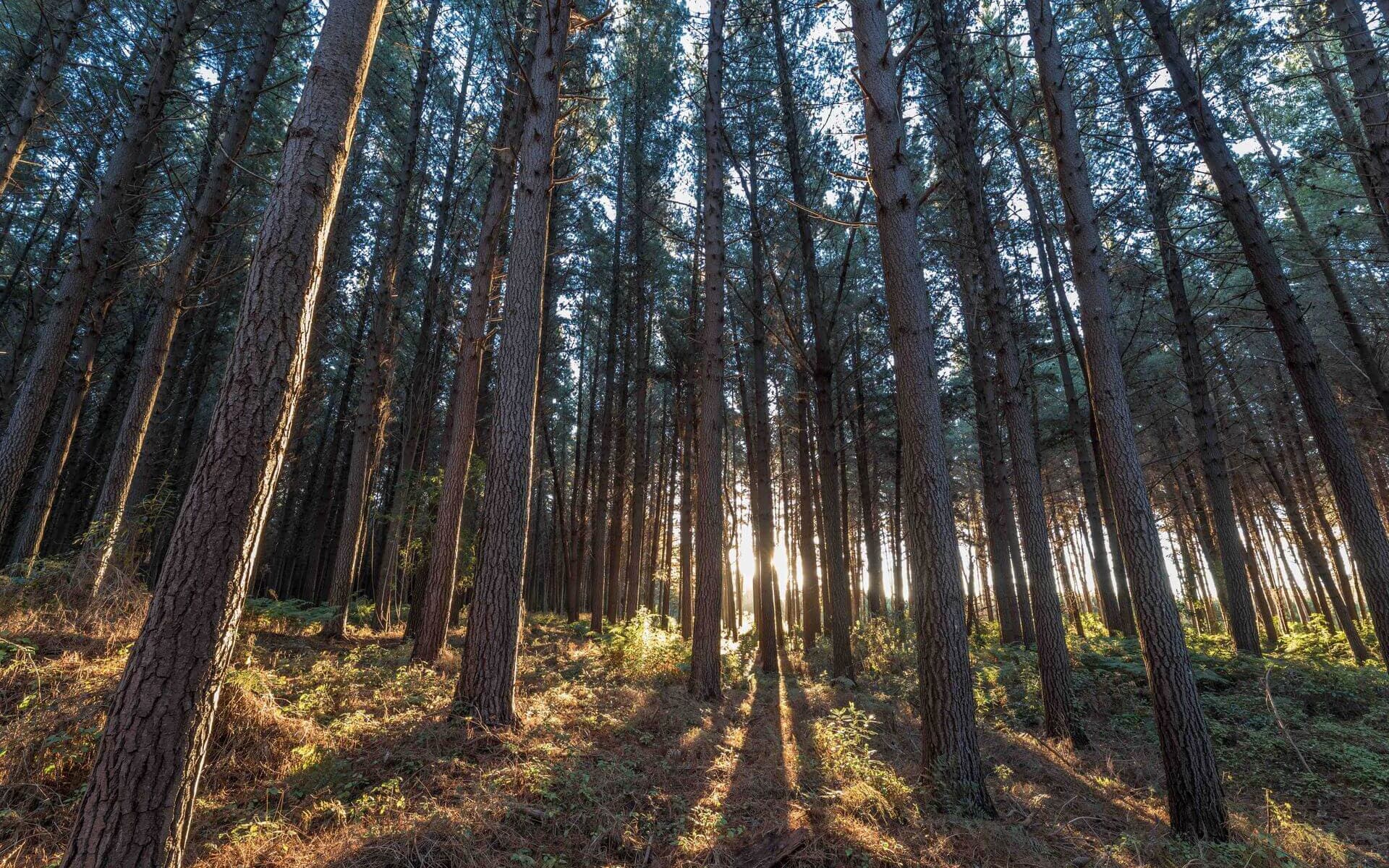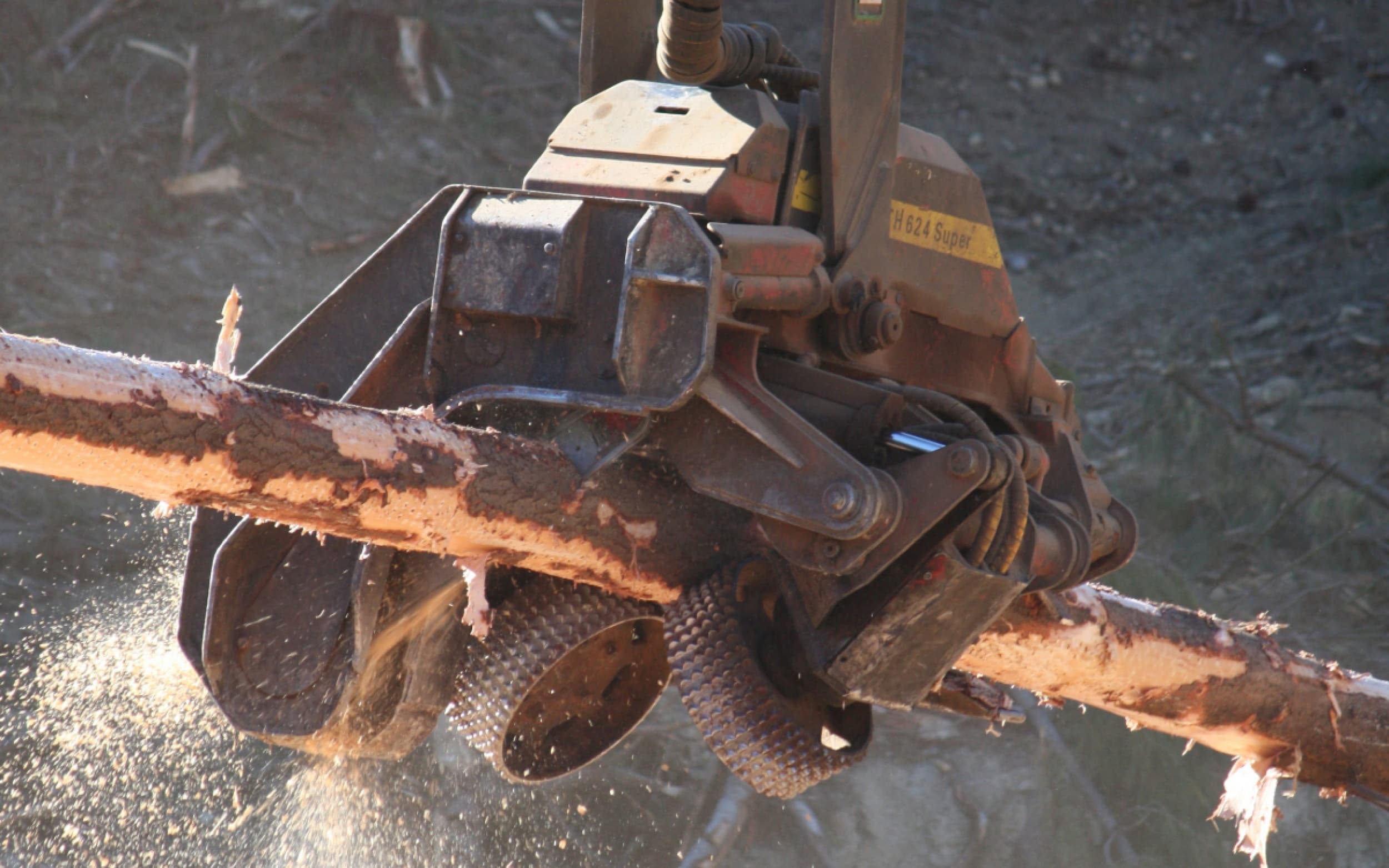

Nelson Tasman is home to about 5% of New Zealand’s plantation forests and the sector has an extended supply chain, including high-tech equipment manufacturers and increasing waste stream utilisation.
Our forests have spiritual, social, cultural and environmental significance as well as economic importance.
Statistics as at March 2024.
Source: Infometrics Regional Economic Profile January 2025.
Nelson Tasman is home to one of the largest MDF plants in the world and the region has New Zealand’s highest concentration of specialist processing, particularly in laminated and structural wood products.

Nelson Tasman is the location of many key stakeholders in Forestry and Wood Processing – resulting in a wide and deep network of relationships, processes and systems that drive sustainability, innovation and industry growth.